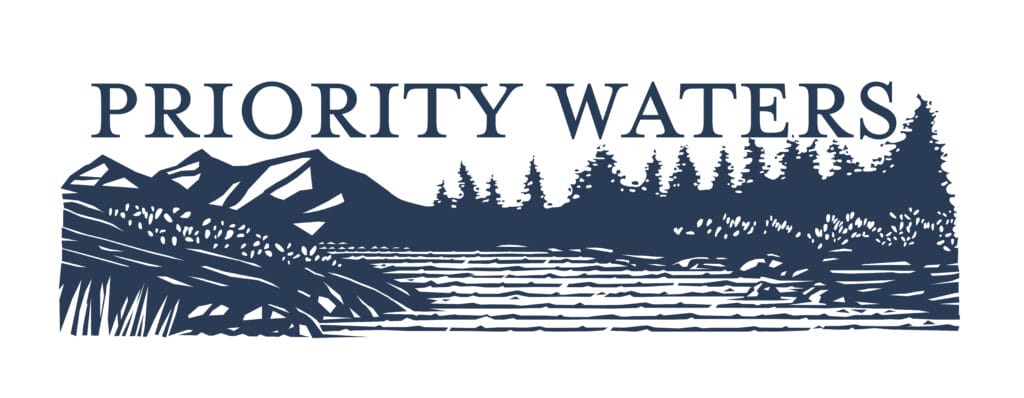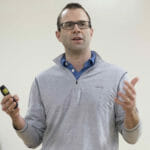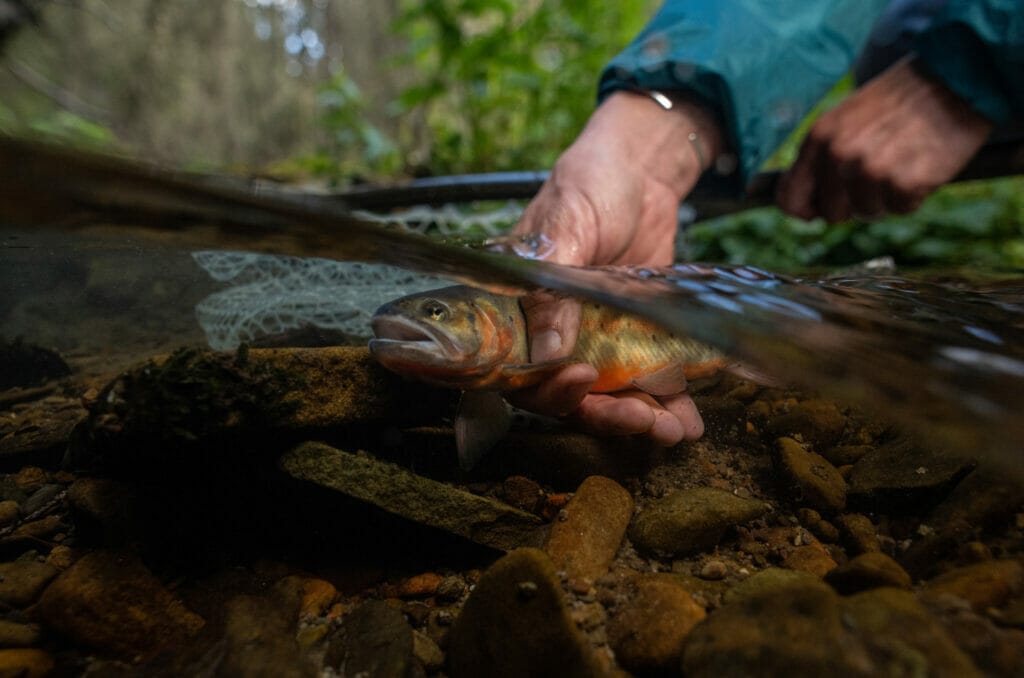Picture a native trout in a river, suspended in the flow. Or wild salmon flooding into a stream, following instincts handed down over too many generations to count. Think of a community blueprinting ideas, raising voices, getting hands dirty, to see that the next generation experiences the magic of those fish and those waters. These are the scenes that motivate and inspire us at Trout Unlimited.
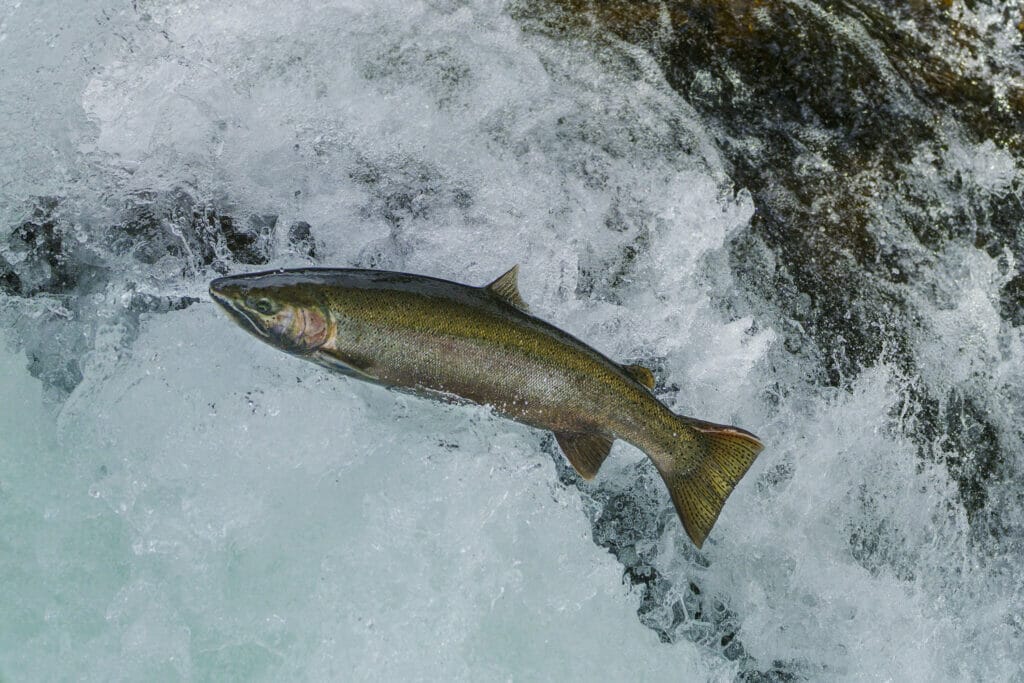
A few years ago, many at TU got together for rounds of conversations about where we’ve been and where we’re going.
We saw that we are at a pivotal moment. Trout and salmon fisheries face enormous threats. Native trout populations and wild salmon runs are at real risk of disappearing. Climate change is already upon us. Models predict trout and salmon populations shrinking to smaller and smaller footprints over the next 50 years.
But we are still, in the face of it, optimists. We have reason to believe that by working together, strategically, in waters across the country, we can meet the moment.
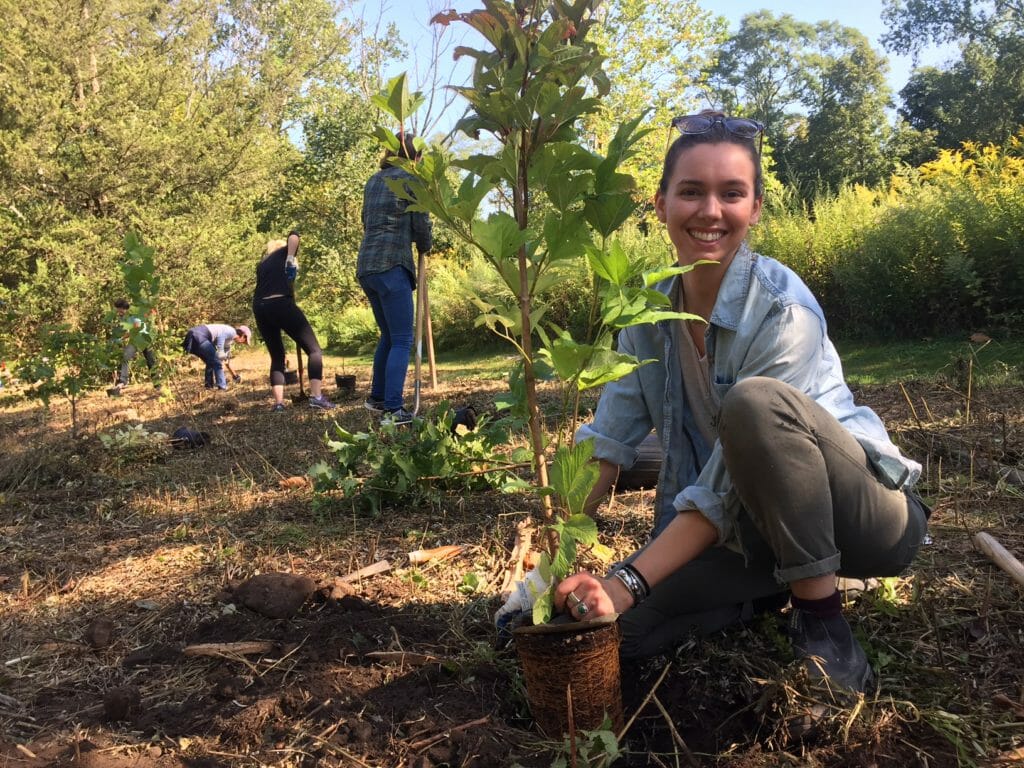
This is the promise of TU’s new approach to conservation, built around the idea of Priority Waters. We are identifying the rivers and streams where we can have the greatest impact and throwing our energies into building trout and salmon strongholds for the long term.
We say “new,” but it’s not really. We’ve learned something over the past six decades: We’re at our best when we focus on key watersheds and pull together.
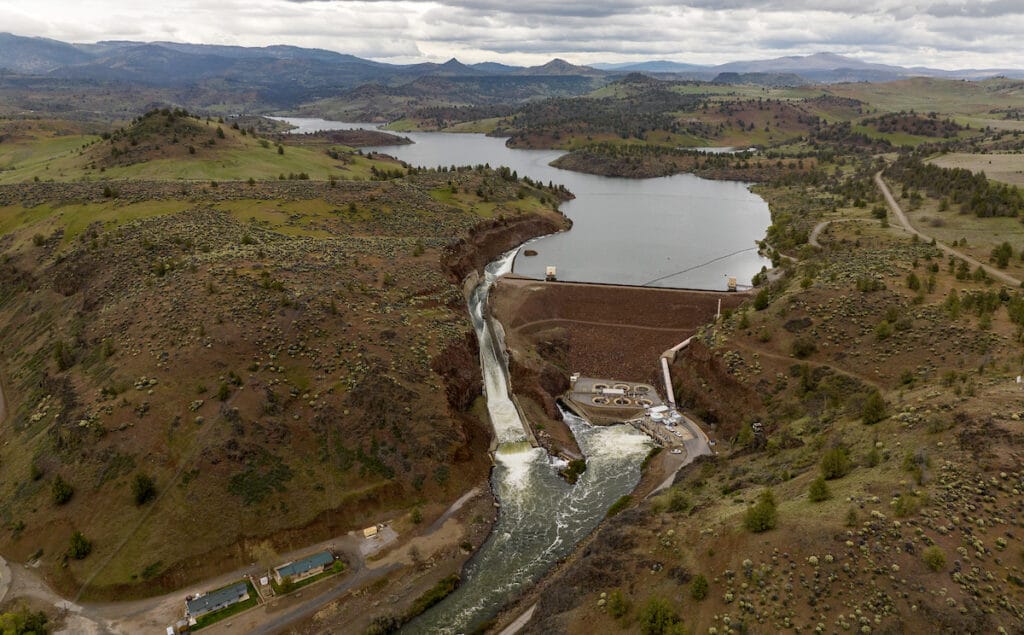
On the Klamath in California and Oregon, decades of relentless focus got us where we are today, working on the largest dam removal in history and reopening one of the West’s great salmon rivers.
In Colorado, local, authentic know-how—an angler who grew up ranching—has us meeting the needs of both fish and farmers in a time of drought and climate change.
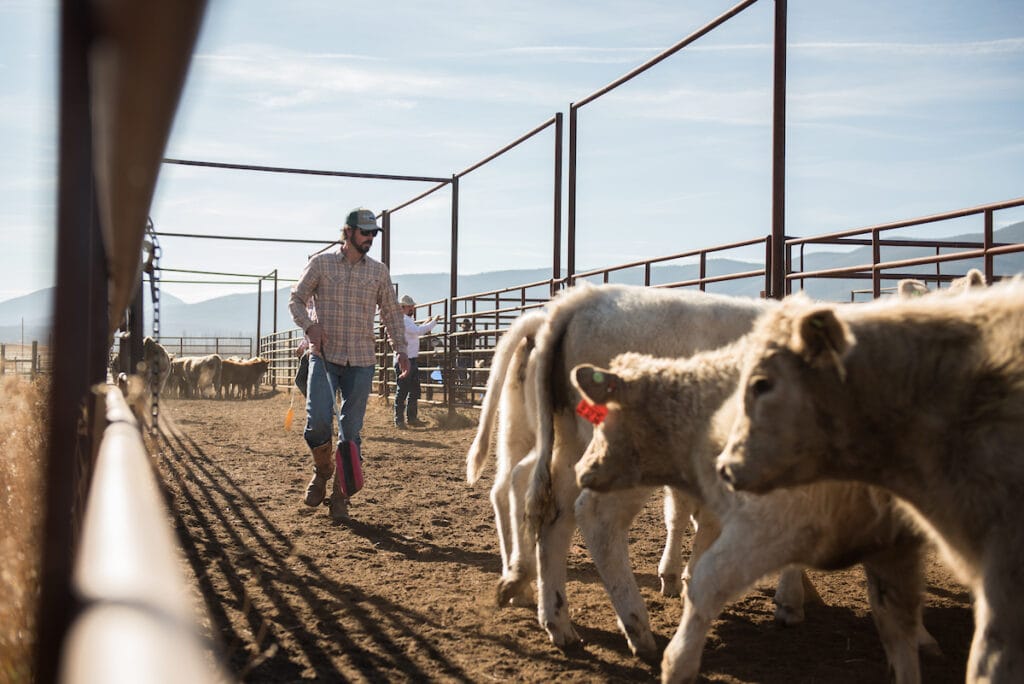
In the Catskills, years of conversations have small towns and the fishing community finally working together on the most famous rivers in the East.
In Michigan, science is the key to solving the mysteries of Lake Superior’s coaster brook trout and setting the stage for their comeback.
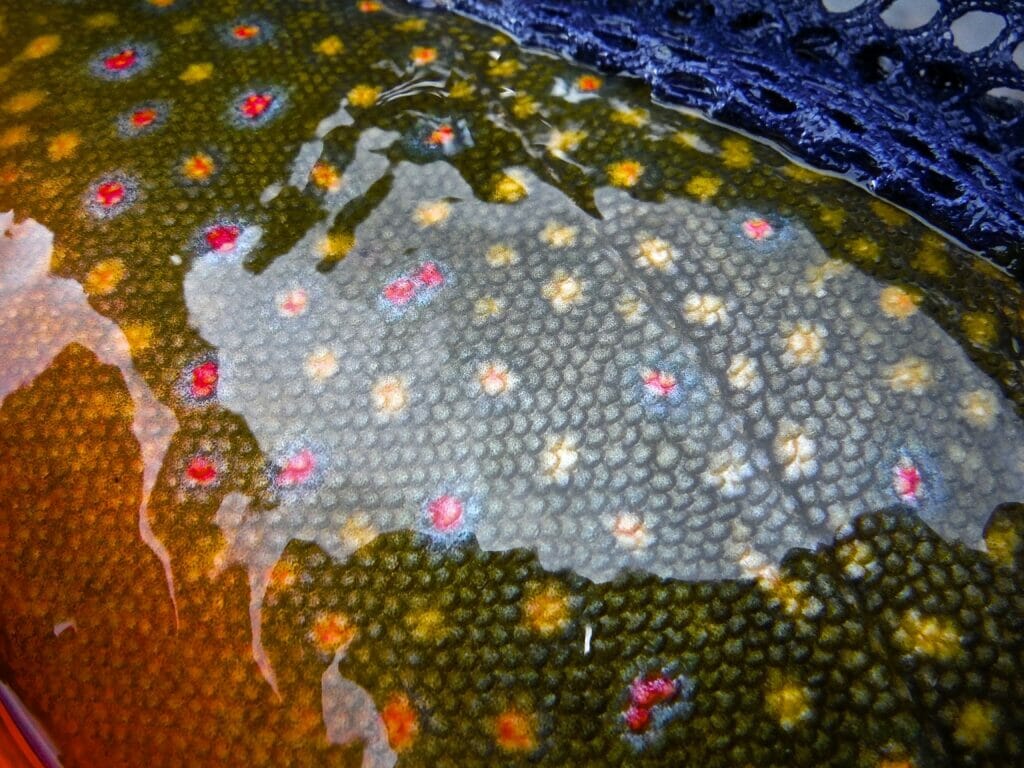
In these places and literally hundreds of others, we are meeting the moment.
Another thing we’ve learned is that we all have a part to play. A tree planted, a stream cleaned up, a letter sent to Congress, a water sample collected, a dollar raised—all help keep alive the magic, as timeless as it is fragile, that set us to this work: the trout in a river, the salmon heading upstream, our communities coming together.
With its Priority Waters initiative, Trout Unlimited is applying the best available science and engaging with partners to identify the places where we can make the greatest contribution to the health, resiliency and viability of America’s wild and native trout and salmon fisheries in an age of climate change.
Borrowing from the financial planner’s maxim that a diversified investment portfolio reduces risk, we used a science-based “portfolio” approach to prioritize genetic, life history and habitat diversity across the range of trout and salmon species.
Then, having used the best information to identify potential priorities, we considered other important questions: Are there real opportunities for TU to have an impact? Will our work be significant enough to speed the pace or scale of recovery? And since the greatest conservation gains are the products of collaboration, and the victories that last have substantial community support, are these truly shared priorities that TU’s leadership can help move forward with local partners?
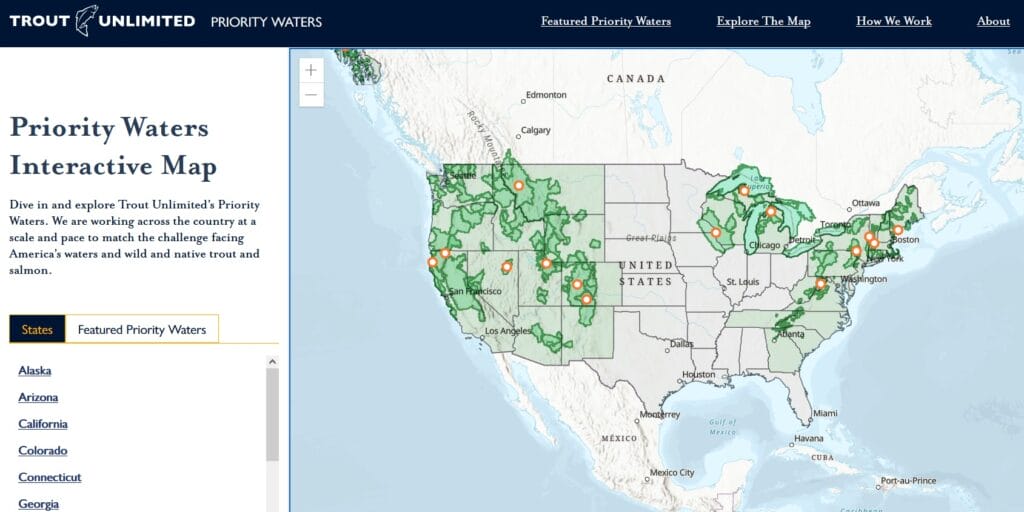
The maps on these pages shows the scope and scale of our ambitious vision: We’re getting to work in more than 200 Priority Waters nationwide, with staff, volunteers, supporters, partners and communities all coming together to advance mutual conservation goals.
Even if your home water is not listed here, the TU model empowers volunteers to work at the community level through our chapters, and we know this amazing work will continue on home waters across the country.
Stay tuned for ways you can join our work to care for and recover America’s trout and salmon waters.
